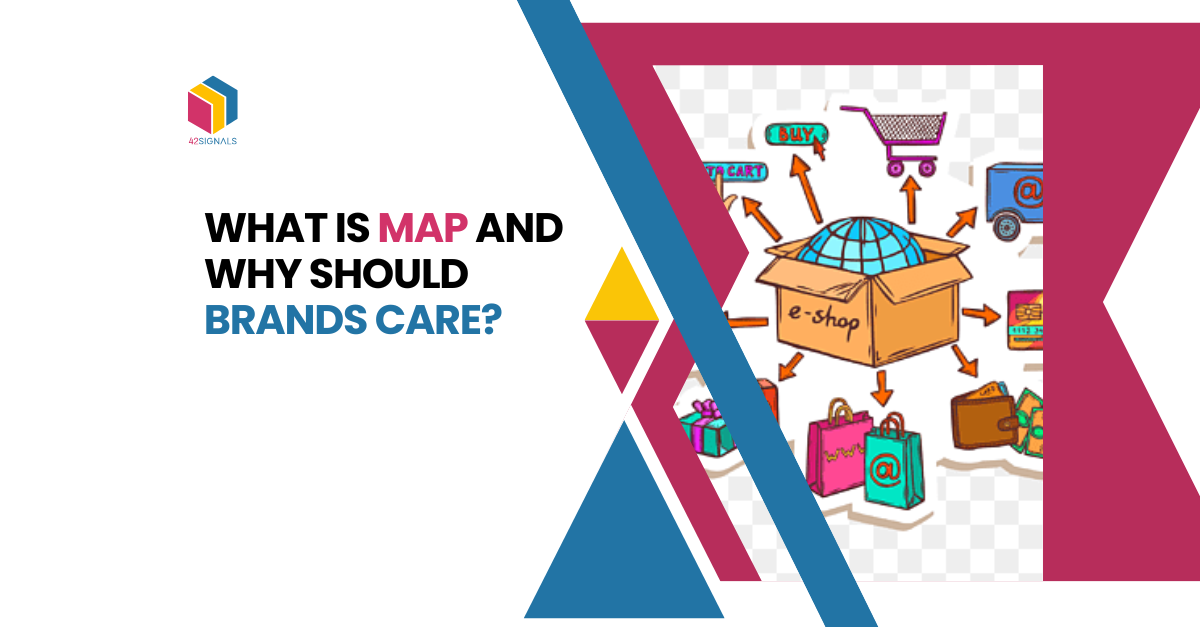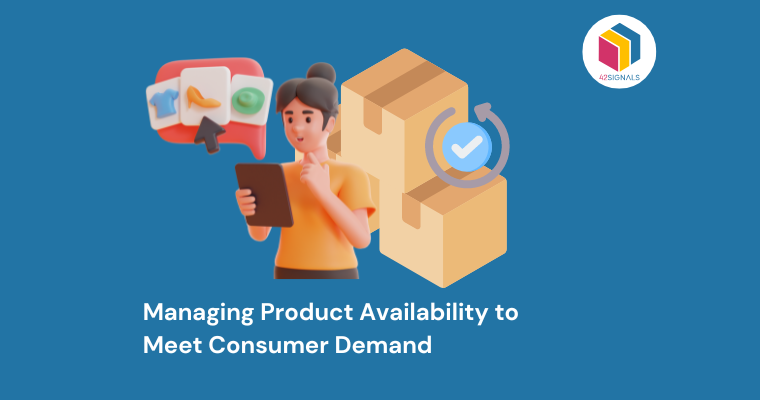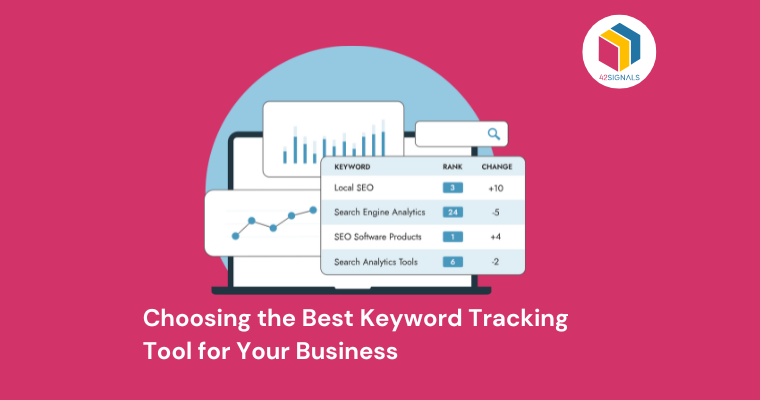Introduction to MAP:
In the ever-evolving landscape of e-commerce, with a multitude of products vying for consumer attention, a brand’s pricing strategy sends a resounding message. Amid relentless price wars and fleeting promotional campaigns, how can brands ensure they don’t inadvertently diminish the value of their offerings?
The strategic tool called Minimum Advertised Price, or MAP, is the answer.
Image Source: MScanit
Definition:
Minimum Advertised Price (MAP) policy is a brand-specified threshold, one that sellers are bound not to advertise a product below the defined amount. This doesn’t control the actual sale price, but it dictates how it’s presented in promotional materials, be it online ads or storefront displays.
Why it Matters:
Think of the online shopper, toggling between tabs, and comparing the same product across different sites. Drastic price disparities, while momentarily satisfying, can lead to long-term trust issues, raising questions about product authenticity and overall quality. MAP provides an anchor, ensuring that a product’s advertised price remains constant amidst the fluctuating waves of e-commerce.
Data on MAP violations for online businesses can be easily monitored with the help of an e-commerce insights tool like 42Signals.
Image Source: 42Signals
Significance of the Minimum Advertised Price (MAP) Policy:
Brand Value Maintenance:
- Consistency: Implementing MAP ensures that products aren’t undervalued or mischaracterized. This consistency solidifies a brand’s standing in the market and the minds of consumers.
- Equal Ground: By creating a level playing field, MAP ensures that the market isn’t dominated by only those with deep pockets but provides an opportunity for smaller retailers to compete on aspects other than just price.
Customer Experience:
- Unified Pricing: Consistency in pricing removes potential pitfalls of mistrust. Shoppers can be assured that they are getting the right value for their money, irrespective of where they shop.
- Reinforced Trust: A price that doesn’t waver at the whims of aggressive discounting strategies underlines the integrity and reliability of a product.
Retailer Relationships:
- Service Over Price: With MAP in place, retailers can shift their strategy from price wars to value addition, focusing on aspects like better customer support, faster deliveries, or loyalty programs.
- Healthy Collaboration: Retailers, with the shield of MAP, can invest in marketing and promotional activities without the looming fear of being undercut by a competitor.
Online P&L Protection:
- Preserved Margins: Keeping products from being consistently advertised at discounted rates ensures that profit margins are not compromised.
- Avoiding Downward Spirals: In the absence of MAP, brands can get trapped in endless price reductions. MAP offers an exit from this destructive loop.
Challenges in Maintaining MAP:
Online Transparency:
- The digital age means real-time updates. A single price drop is immediately noticeable, leading to ripple effects across the market.
Unauthorized Sellers:
- The vastness of the online marketplace allows some players to evade regulations, selling products below MAP, which can affect not just sales but also brand reputation.
Continuous Vigilance:
- The digital bazaar never sleeps. For brands, this means round-the-clock monitoring to ensure that MAP policies are upheld.
Conclusion
Maintaining a minimum advertised pricing (MAP) policy isn’t a walk in the park. The sheer transparency of online platforms means that any change in price becomes instantly visible, setting off a domino effect. Unauthorized sellers, often lurking in the shadows of e-commerce, can sometimes bypass these regulations, selling coveted products at lowered prices.
In the fast-paced world of e-commerce, where prices flicker and change with the same intensity as stock market numbers, MAP stands tall as a brand’s shield. It safeguards brand value, customer trust, and the very essence of a product’s worth and can be monitored via e-commerce insights. As brands jostle for space in this crowded marketplace, MAP doesn’t just guide them—it defines their journey.
To know more about how 42Signals helps brands with MAP violations, reach out to us at sales@42signals.com





